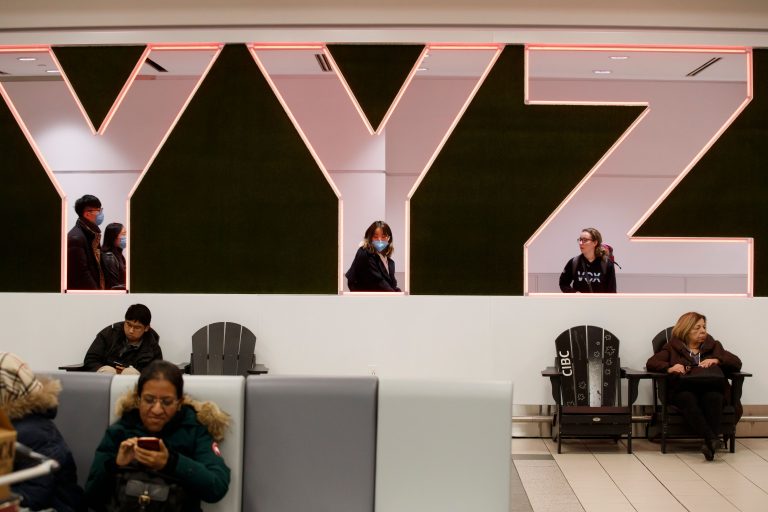A UK industry magazine reported an exponential hike in first time shoplifters in Britain, theorized as spurred by the need to support the most basic life necessities.
However, what is striking is that there’s a trend towards newbies on the pilfers’ block, stated The Grocer. Most of the snatching concerns cheap personal items and food, signaling a tendency toward stealing for survival due to exponentially rising living costs.
One store manager told the magazine that shoplifters nowadays prey on everyday goods, typically groceries “that you’d find in your weekly basket” as opposed to what shop owners used to encounter, namely thieves coming for expensive and luxury goods.
MORE ON CRIME AND INFLATION
- San Francisco Police, City Hall, Won’t Intervene In Broad Daylight Stolen Goods Fencing Operation
- 4 Out of 5 Freight Containers Are Being Looted in LA County
- ‘Flash Robs’ a Distressing Trend Striking Retail Stores in Many Major US Cities
- 1 in 3 Retailers Couldn’t Make Rent in April: Study
The outlet quoted another retail analyst, Bryan Roberts, of Shopfloor Insights, who said, “The situation is definitely getting worse,” and said the crime rate was “off the charts.”
“The return of ‘stealing to eat’ instead of being able to ‘afford to eat’ is yet more proof that we need effective policy solutions that put sufficient income in people’s hands in a dignified way so that poverty and resorting to crime do not become mainstream means of securing the most basic essentials of living,” Ulster University senior lecturer Dr. Sinéad Furey told the newspaper.
Success
You are now signed up for our newsletter
Success
Check your email to complete sign up
Clive Black, a Shore Capital analyst, told The Grocer that the “temptation to shoplift is likely to grow for some” as prices rose.
“More straitened times bring a greater risk, and in some cases, need, for shoplifting, which is a notable problem for shopkeepers, especially since the police are disinterested participants, despite stores paying extortionate rates,” Black said.
He added, “The government shows little real interest in such matters whilst the courts and penal system cannot cope with serious crime, never mind more mundane matters such as thieving from a store.”
“It is a symptom of a failed system, sadly,” he said. “So, within limits, shopkeepers have to try and control matters.”
Same story in the US
In the U.S., it’s the same story, albeit that the greatest upsurge in theft already happened in pre-pandemic times, 2019, when shoplifting losses soared to $61 billion, which was up $11 billion compared to the previous year, stated New York Post.
COVID regulations provided formerly unseen challenges for shop owners as mask mandates allowed thieves to go about stealing and robbing incognito making identifying perps extra difficult.
Interestingly, during the 2020 and 2021 lockdowns, along with the sales numbers, shop larceny also fell. However, once measures were lifted, shoplifters were back again—in bigger numbers.
Almost half of all states have raised the bar for retail felony theft. In 38 states the threshold is set high at $1,000 for a total amount of stolen goods before it’s considered a felony. On top of that, the $1,000 only applies to a single shop raid. Recidivists know that and have very little to fear as long as they stay below the benchmark.
Other “unintended” consequences of other government regulations also added fuel to the flame. Most states have loosened bail laws, which means perpetrators are back on the streets in no time.
Other factors contributing to the hike in store robberies and thefts are understaffing due to increased sick leave and the lack of regulations impeding burglars from selling their goods on the internet.


















